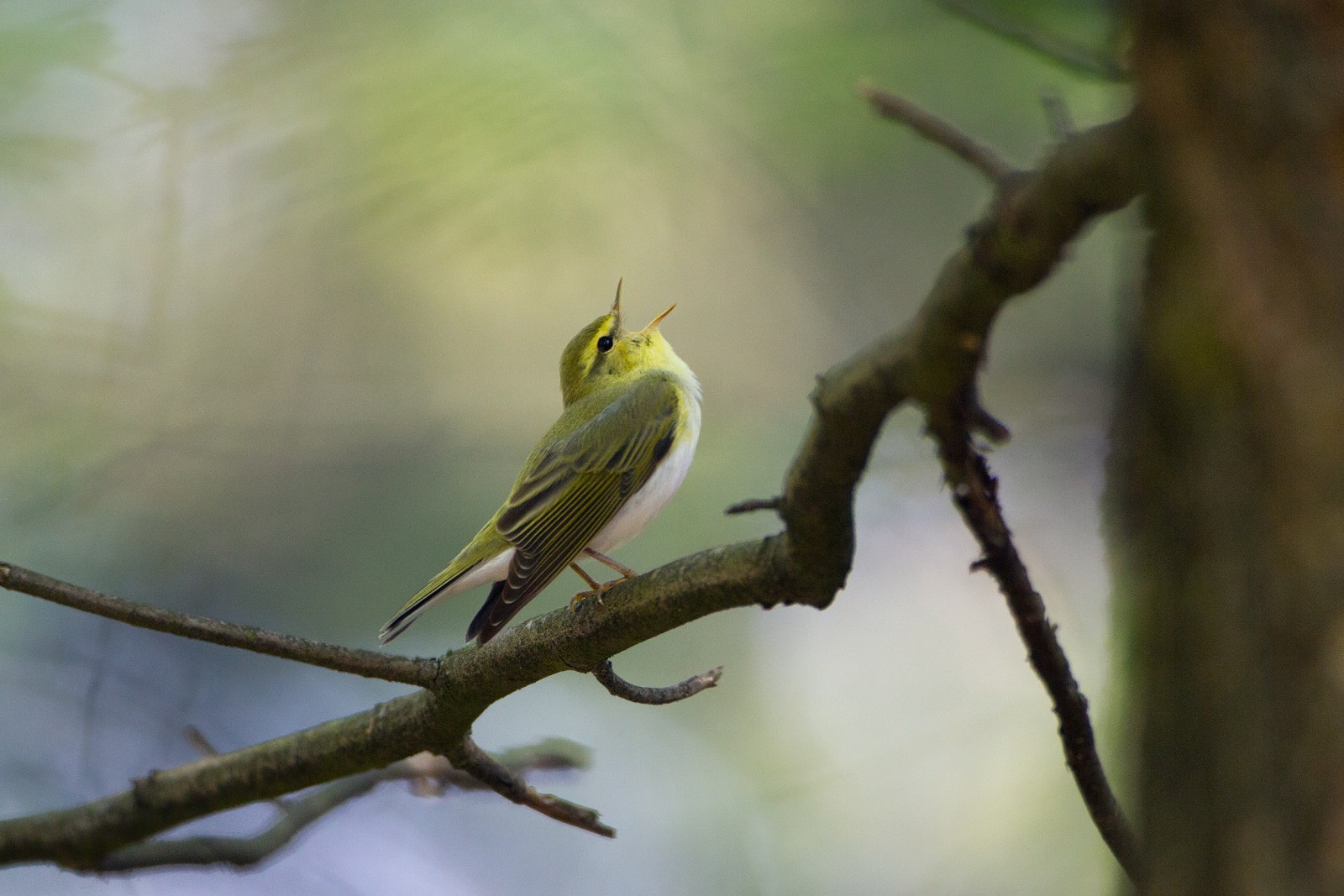Charger images
Les formats d'image autorisés sont de type jpeg, png ou gif
La taille maximale du fichier doit être de 20MB

The Loonse en Drunense Duinen National Park provides one of the largest sand drift area in Europe. Several trails pass through forests, heaths and sand drifts.
The Loonse en Drunense Duinen National Park provides one of the largest sand drift area in Europe. The center of the National Park consists of these large open area of sand drifts and patches of heather and scattered trees. The area is surrounded by (mainly) coniferous forests, mixed with patches of oak and other deciduous trees.
The sand drifts, and especially the scattered trees and bushes, are a great spot for many typical species, such as Alouette lulu, Pipit des arbres and Tarier pâtre. Many of these species can be seen perched on top of these trees and bushes. In late Summer, the area is a great spot for singing Engoulevent d'Europe. In Winter, the area is home to the Pie-grièche grise, which can also be seen perched on top of (mainly) larger trees.
The forests provide a great habitat for a wide arrange of songbirds, but mainly to species which are attracted to coniferous forests, like Mésange huppée, Roitelet huppé and Mésange noire. Other species that can be seen regularly are Rougequeue à front blanc, Gobemouche noir and Pouillot siffleur. Woodpeckers are also present in larger numbers, like Pic noir , Pic épeichette and Pic mar.
_________________________
Nederlands: Het Nationaal Park Loonse en Drunense Duinen is een van de grootste zandverstuivingsgebieden van Europa. Het centrum van het Nationaal Park bestaat uit deze grote open gebieden met zandverstuivingen en stukken heide en verspreide bomen. Het gebied is omgeven door (voornamelijk) naaldbossen, vermengd met stukjes eiken en andere loofbomen.
De zandverstuivingen, en vooral de verspreide bomen en struiken, zijn een geweldige plek voor veel typische soorten, zoals Alouette lulu, Pipit des arbres en Tarier pâtre. Veel van deze soorten zijn te zien bovenop deze bomen en struiken. In de nazomer is het gebied een geweldige plek voor zingende Engoulevent d'Europe. In de winter is het gebied de thuisbasis van de Pie-grièche grise, die ook boven op (voornamelijk) grotere bomen te zien is.
De bossen bieden een prima leefgebied voor een breed scala aan zangvogels, maar vooral voor soorten die worden aangetrokken door naaldbossen, zoals Mésange huppée, Roitelet huppé en Mésange noire. Andere soorten die regelmatig voorkomen zijn Rougequeue à front blanc, en Pouillot siffleur. Spechten komen ook in grotere aantallen voor, zoals Pic noir, Pic épeichette en Pic mar.
The area is easy accessible by parking at the restaurant "Café Roestelberg". From there, you'll be able to start several trails into the National Park.
_________________________
Nederlands: Het gebied is goed bereikbaar door te parkeren bij restaurant "Café Roestelberg". Vanaf daar kun je verschillende paden naar het Nationaal Park starten.
Votre feedback sera transmis à l’auteur.rice de cette zone et à l’équipe éditoriale de Birdingplaces, qui l’utiliseront pour améliorer la qualité des informations. (Vous souhaitez publier un commentaire visible en bas de page ? Fermez cette fenêtre et choisissez l’Option 1 : « Publier un commentaire, un conseil ou une observation ».)
Veuillez fournir des suggestions d'améliorations ou d'ajouts au texte de ce site ornithologique.
Veuillez fournir vos suggestions d'améliorations ou d'ajouts à la carte.
Veuillez fournir des suggestions d'améliorations ou d'ajouts à la liste des oiseaux.
Cliquez sur l'icône de l'oiseau () Insérez les noms d'oiseau dans votre langue. Ils seront automatiquement traduits pour les autres usagers !